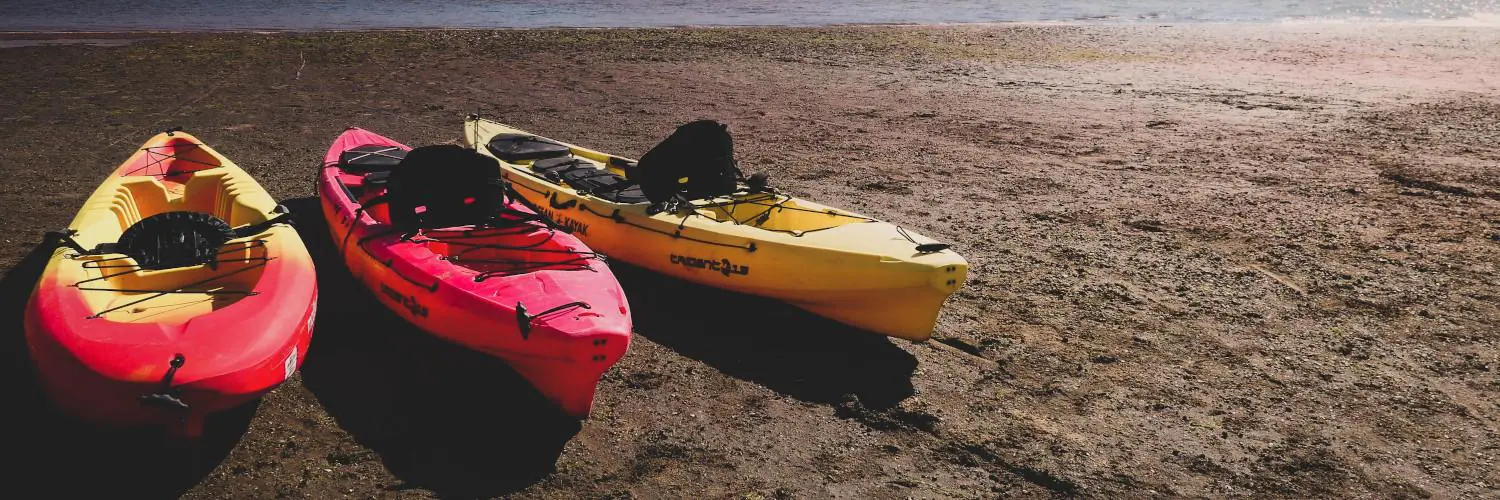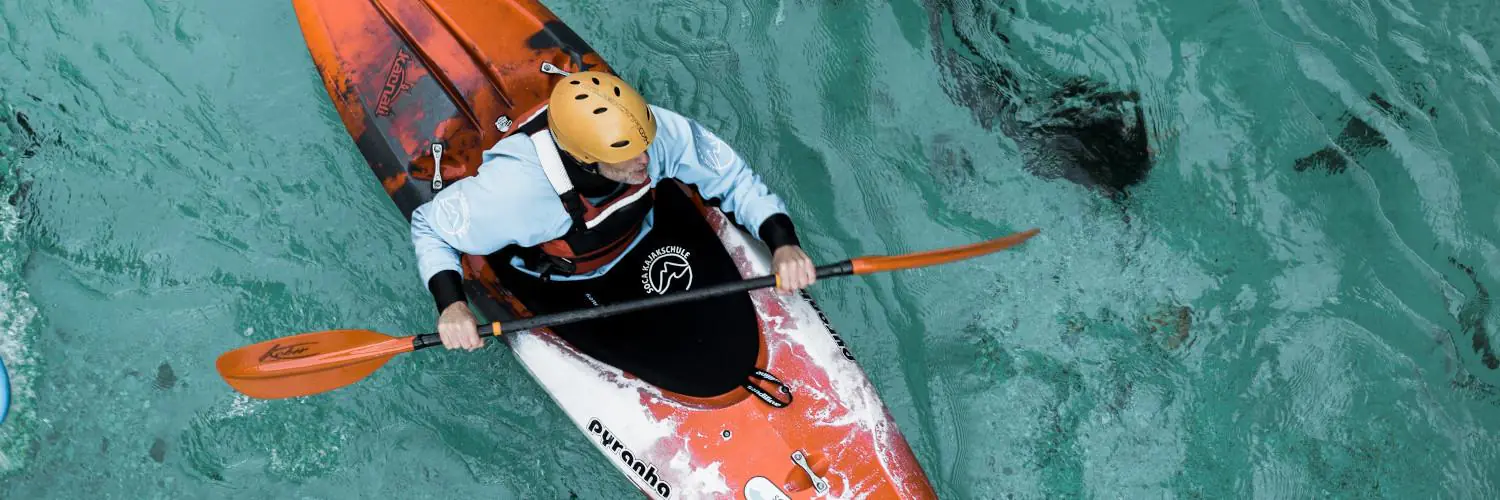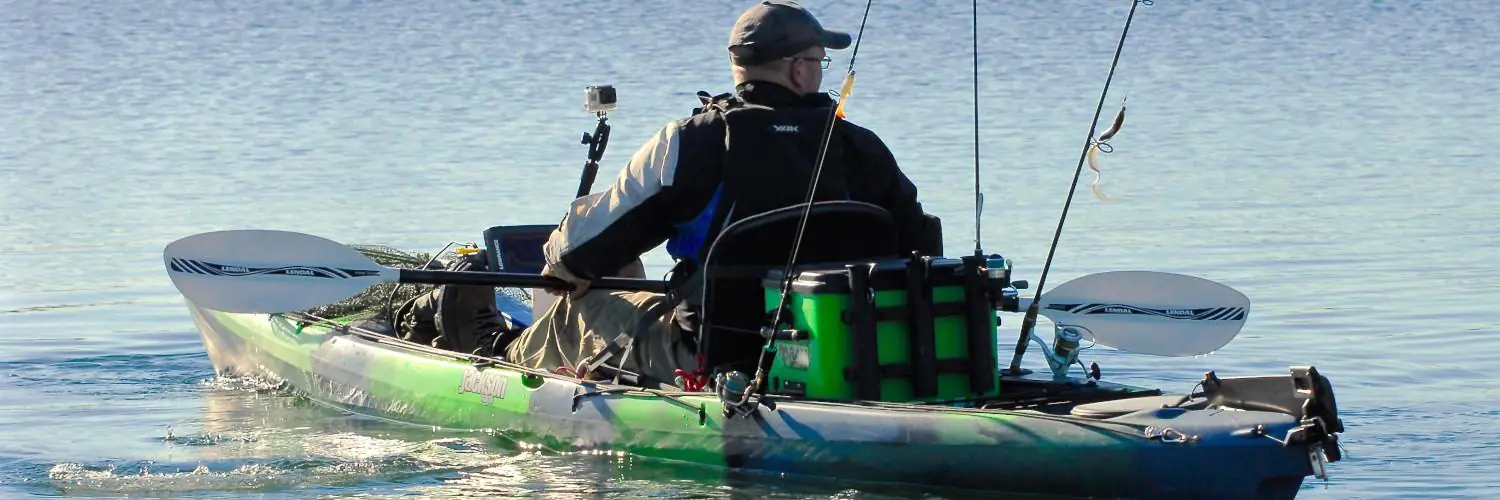Kayaking is a fun outdoor activity, but transporting a kayak can be tricky without the right equipment. Many people think they need a roof rack to carry a kayak on their car. The good news is you can transport a kayak without a roof rack using some simple alternatives.
There are several ways to safely secure a kayak to your vehicle’s roof without a permanent rack system.
One option is to use foam blocks or pool noodles to cushion the kayak on the car roof.
Another method involves temporary soft racks that strap around the car doors. With the right straps and padding, you can protect both your kayak and your car during transport.
Safety is key when carrying a kayak on your car. It’s important to tie down the bow and stern in addition to securing the main body of the kayak. This prevents the kayak from shifting during sudden stops or turns.
By following some basic steps, anyone can transport their kayak safely and start their paddling adventure.
Table of Contents
Understanding the Basics of Kayak Transportation
Transporting a kayak safely requires knowing your kayak type and key considerations. This knowledge helps you choose the best method to move your kayak and keep it secure.
Types of Kayaks
Kayaks come in different shapes and sizes. Hard-shell kayaks are made of plastic, fiberglass, or wood. They’re sturdy but heavy.
Inflatable kayaks are light and easy to store. They’re great for travel but need more care when moving.
Sit-on-top kayaks have an open deck. This makes them easier to strap down.
Sit-inside kayaks have a closed cockpit. They need extra care to avoid damage during transport.
Tandem kayaks are longer and heavier than single kayaks. They often need special racks or trailers for safe moving.
Essential Transport Considerations
Weight is a key factor in kayak transport. Lighter kayaks can often be carried on car roofs with simple foam blocks.
Heavier ones may need a roof rack or trailer.
Length matters too. Long kayaks that stick out past your car need red flags for safety.
Short kayaks are easier to move but still need proper tie-downs.
Weather can affect transport. Wind can lift an unsecured kayak off a car roof. Rain can make straps slippery. Always check your kayak’s ties before and during trips.
Proper padding protects both your car and kayak. Foam blocks or pool noodles work well. They prevent scratches and dents during the ride.
Alternative Methods to Transport a Kayak Without a Roof Rack
You can transport a kayak without a roof rack using simple tools and materials. These methods are affordable and easy to set up for most vehicles.
Using Foam Blocks
Foam blocks offer a quick way to secure a kayak to your car roof. Place two foam blocks on the car roof, spaced apart to support the kayak’s hull. Set the kayak upside down on the blocks.
Secure the kayak with cam straps or ratchet straps. Run the straps through your car’s open doors or windows. Tighten them snugly but don’t overtighten.
For extra safety, tie down the front and back of the kayak. Attach straps to the kayak’s grab handles and secure them to your car’s hood and trunk.
Always check the straps during your trip to make sure they’re still tight.
DIY Solutions with Pool Noodles
Pool noodles can work as a cheap DIY roof rack. Cut two or three pool noodles to fit across your car roof. Secure them with duct tape or rope.
Place your kayak upside down on the noodles. Use cam straps or ratchet straps to attach the kayak to your car. Run the straps through the car doors.
Add straps to the front and back of the kayak for extra security. This method works best for short trips and lighter kayaks.
Check the noodles and straps often during your drive. They may shift or loosen over time.
Securing Kayaks with Cam Straps and Ratchet Straps
Cam straps and ratchet straps are key for any kayak transport method. They keep your kayak firmly in place during the drive.
For foam blocks or pool noodles, use at least two straps across the kayak’s body. Thread the straps through your car’s open doors or windows.
Add bow and stern straps for more stability. These connect the kayak’s ends to your car’s front and back.
Cam straps are easier to use and less likely to damage your kayak. Ratchet straps offer more tension but can be tricky to adjust.
Always pad any metal parts that touch your kayak to prevent scratches.
Step-by-Step Guide to Loading a Kayak
Loading a kayak onto your car can be done safely and easily with the right approach. These steps will help you prepare and secure your kayak for transport.
Preparing Your Car and Kayak
Clean your car’s roof to prevent scratches. Place foam blocks or pool noodles across the roof as padding. Lay a blanket or towel over the rear of your vehicle to protect it.
Get your straps ready. Use cam straps or ratchet straps, avoiding bungee cords. Check your kayak for loose items and remove them.
Put on grip gloves for better handling. Position your kayak next to the car, with the bow facing forward.
Lifting and Placing the Kayak on the Vehicle
Stand at the middle of the kayak. Grip the edge closest to you. Lift and slide the kayak onto your thighs.
In one smooth motion, lift the kayak overhead. Rest it on the foam blocks or rack.
Center the kayak on the roof. Adjust its position if needed.
Secure the kayak with straps. Run them through the car’s doors or attach to roof rack anchor points. Tighten the straps, but don’t overtighten.
Use a carabiner to clip excess strap length. This prevents flapping during travel.
For two kayaks, repeat the process. Place them side by side or use J-racks for vertical storage.
Safety Measures and Best Practices
Transporting a kayak without a roof rack requires careful planning and attention to safety. Proper securing techniques, legal compliance, and long-distance travel considerations are key to a successful kayak transport.
Securing the Kayak for Transit
Start by placing foam blocks or pool noodles on the car roof to protect both the kayak and vehicle.
Position the kayak upside down on the foam supports.
Use sturdy cam straps to fasten the kayak to the car. Run straps through the car doors, not windows.
Tighten straps firmly but avoid over-tightening, which can damage the kayak.
Attach bow and stern lines to the front and back of the car. These prevent the kayak from sliding forward or backward during travel. Use rope or specialized kayak tie-down straps for this purpose.
Check the straps after driving a short distance. Retighten if needed.
For two kayaks, place them side by side with foam blocks between them.
Checking for Road Safety Compliance
Before hitting the road, make sure the kayak doesn’t stick out too far from the sides of the car. In most places, the load can’t extend more than 4 inches beyond the sides of the vehicle.
Check local laws about kayak transport.
Some areas require a red flag on loads that extend past the rear of the car. If the kayak hangs over the back, attach a bright flag to the end for visibility.
Test that the kayak doesn’t block your view through the windshield or side mirrors.
Adjust its position if needed to ensure clear sightlines while driving.
Long-Distance Kayak Transport Tips
For long trips, stop regularly to check the kayak’s security. Straps can loosen over time due to wind and vibration. Retighten as needed.
Avoid high speeds when transporting kayaks. This reduces wind resistance and the risk of the kayak coming loose.
Plan for extra travel time due to slower speeds.
In hot weather, don’t leave the kayak strapped to the car for long periods. Heat can warp the hull.
If stopping for extended breaks, loosen the straps slightly to reduce pressure.
For overnight stops, consider removing the kayak from the car and storing it securely. This prevents theft and reduces stress on the kayak and car roof.
Regional Considerations for Transporting Kayaks
Different areas have unique challenges for kayak transport. In mountainous regions like Colorado, drivers may face steep roads and high winds.
This can make securing kayaks extra important.
Coastal states often have salt air and sand. These can damage kayaks and car roofs over time.
Using protective covers or rinsing off after trips helps prevent issues.
Hot, sunny areas like Tennessee require special care. UV rays can fade and weaken kayak materials.
Storing kayaks in shade or using UV-resistant covers is wise.
Urban areas present parking challenges. Shorter kayaks or foldable models may be easier to manage in tight spaces.
Some cities have rules about items extending past vehicles.
Rural areas often mean long drives on bumpy roads. Extra straps and padding can help keep kayaks stable.
Checking the load more often is smart on rough terrain.
Weather patterns matter too. Areas with sudden storms need quick, secure methods to tie down kayaks.
Regions with lots of snow should avoid metal racks that can freeze.
Local laws vary by state and city. Some places restrict how far items can stick out from vehicles.
Others have rules about red flags on long loads. Checking local rules helps avoid tickets.








